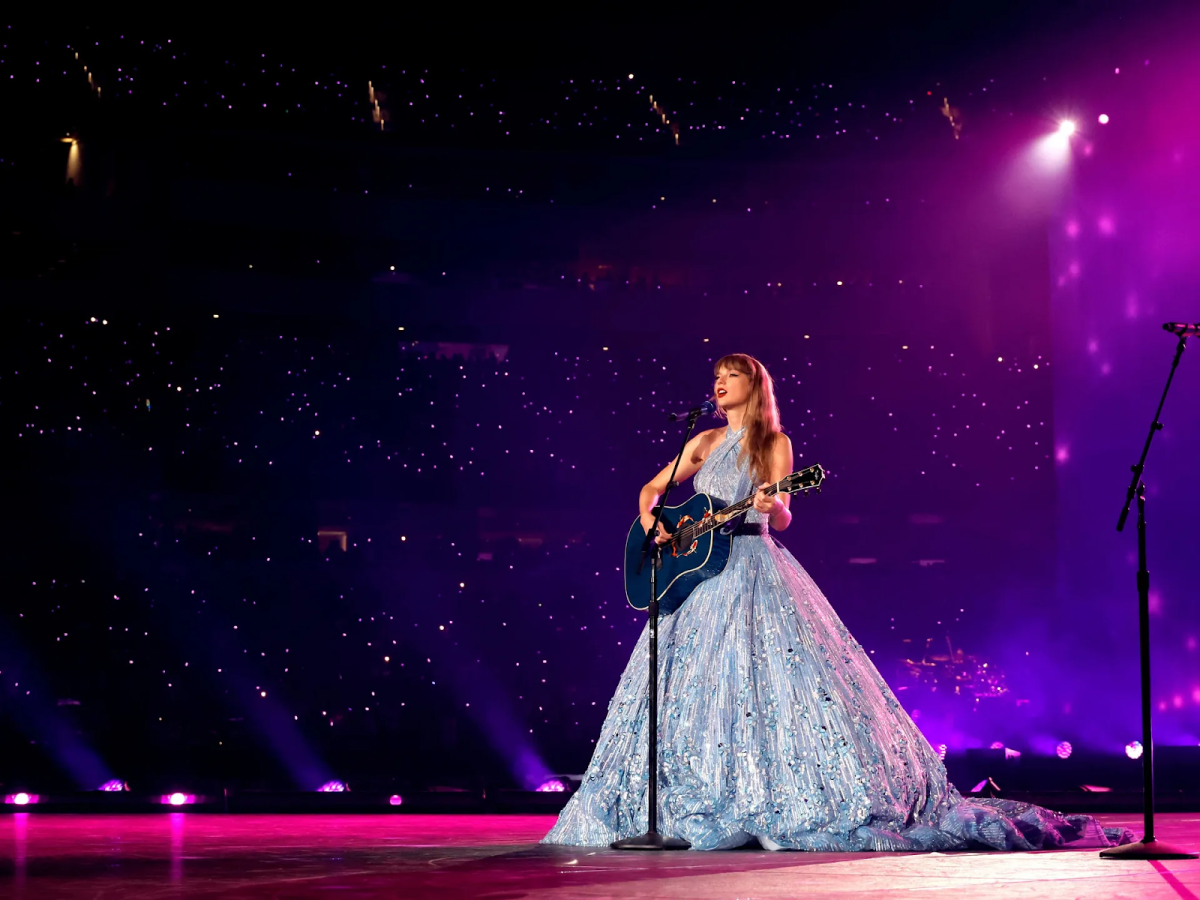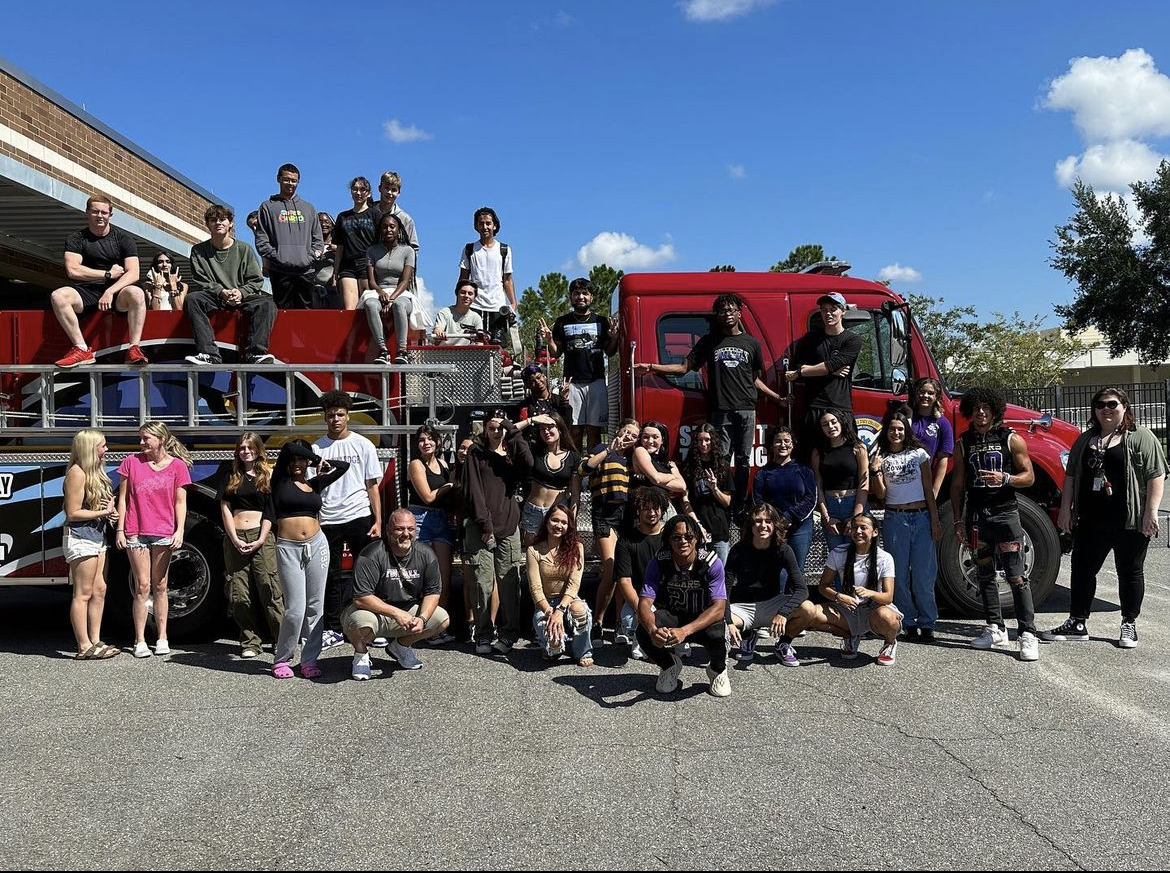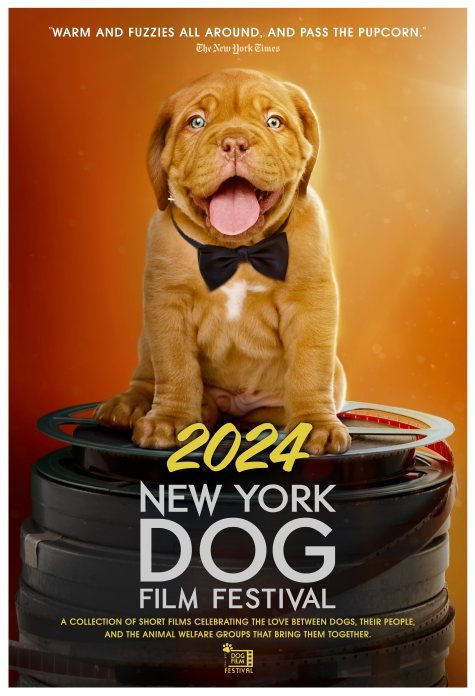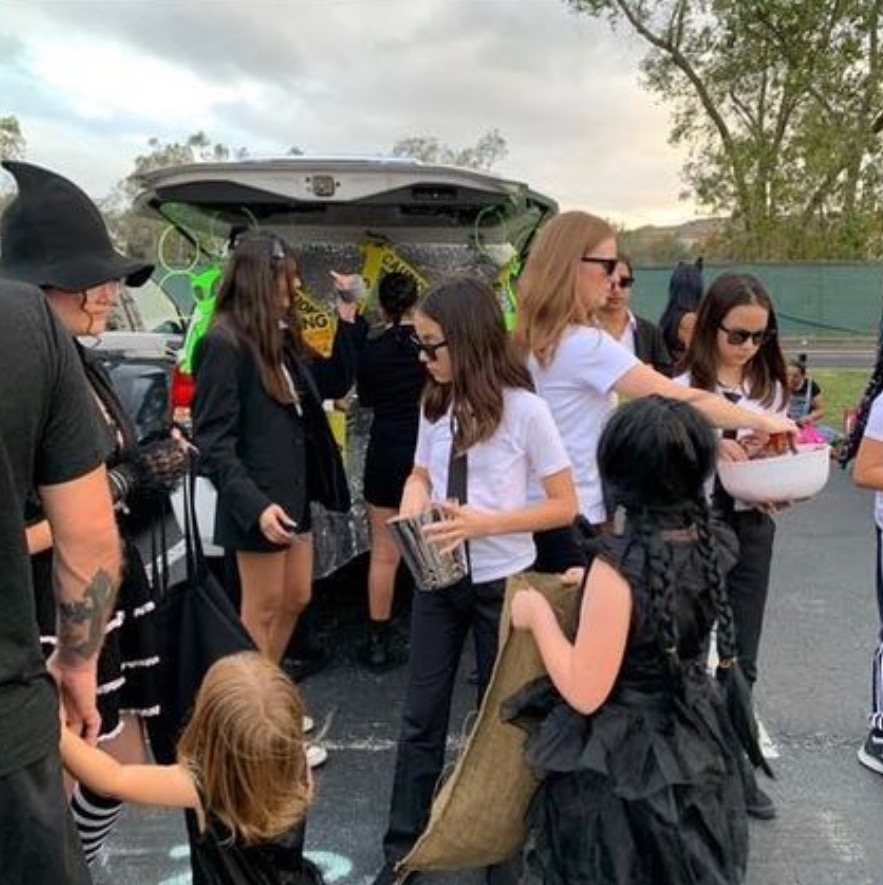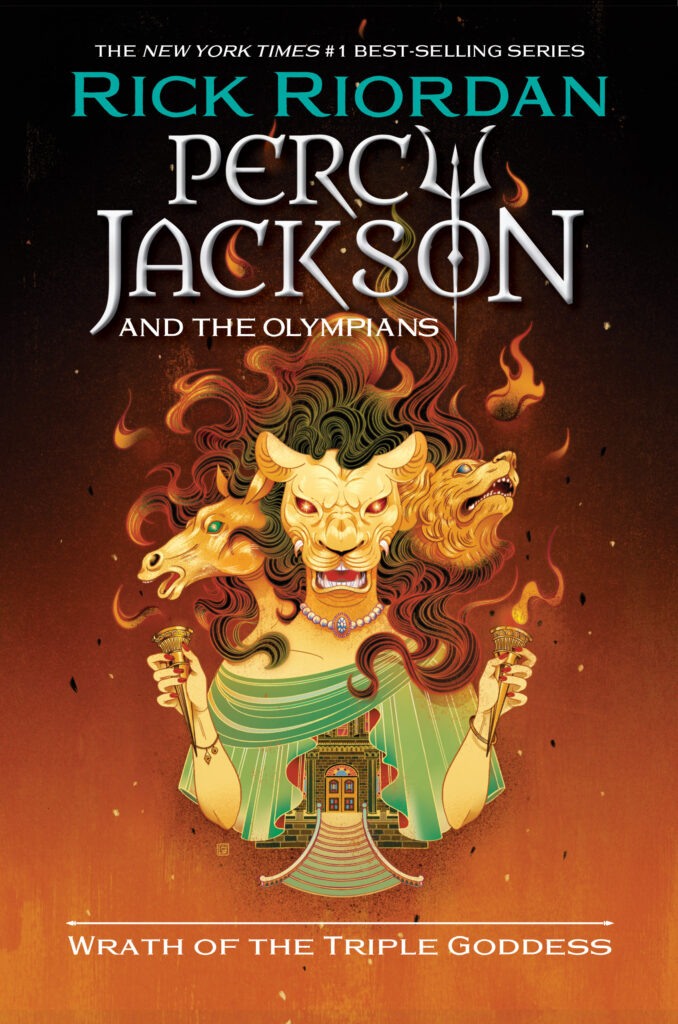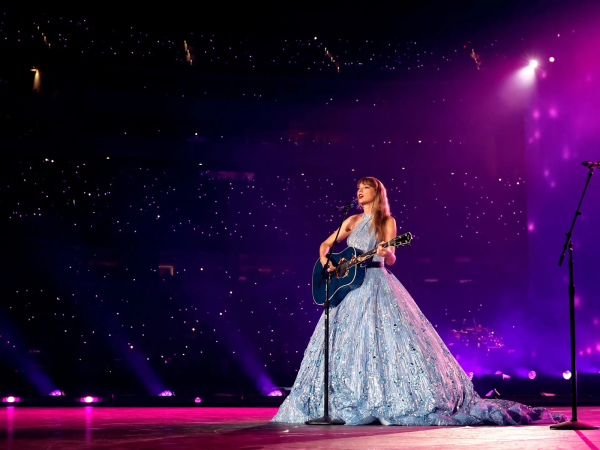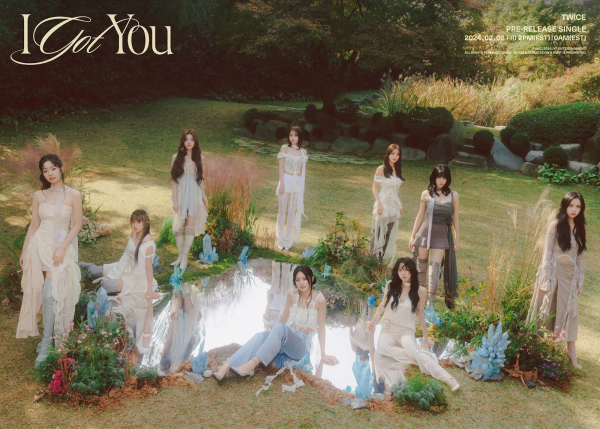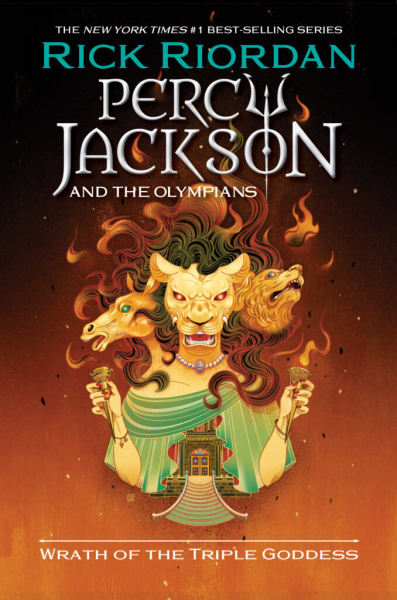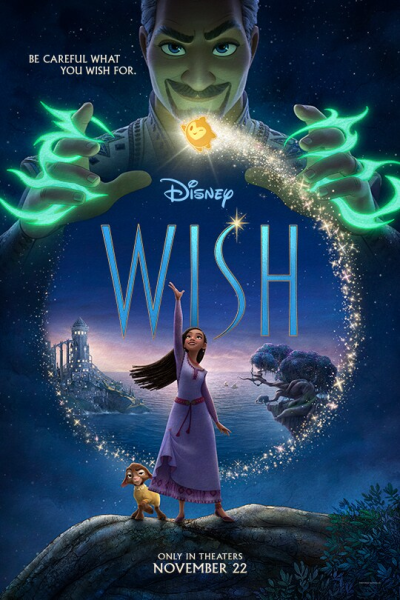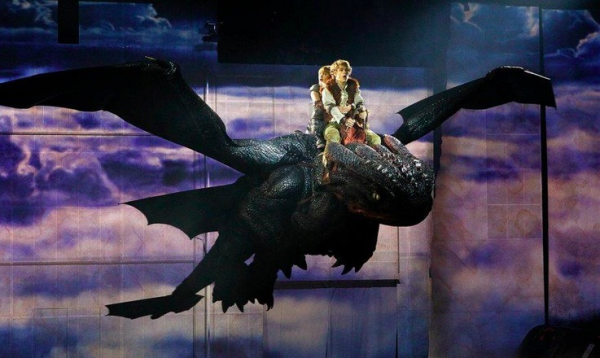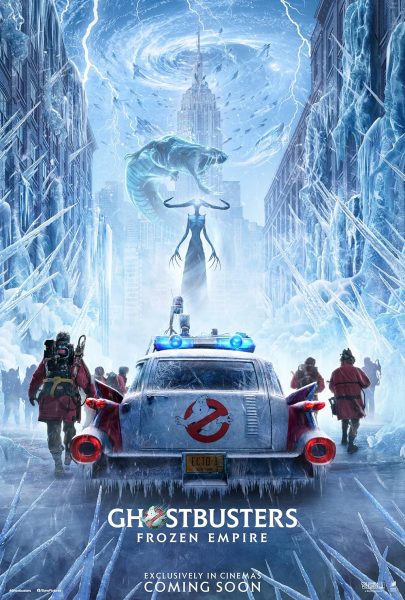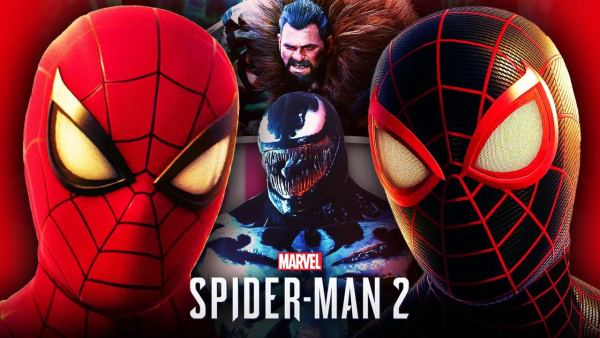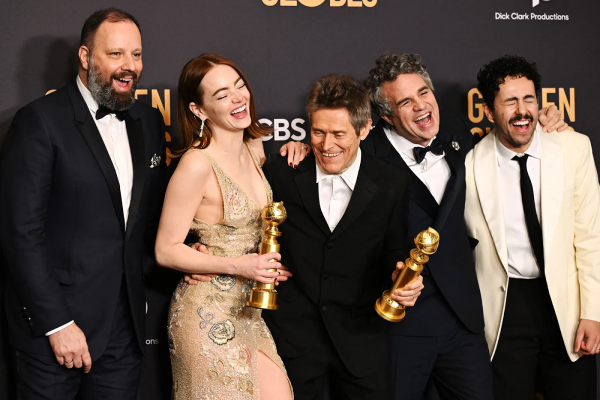Anime: Frequently Asked Questions

Anime is Japanese animation is the biggest media distribution of Japan.
March 7, 2017
Anime. A word, when brought up, makes most people either confused or disgusted. It’s not necessarily their fault; anime can definitely come across badly, and in western societies like the United States, Japanese animation has been looked down upon by the majority. Many Americans see the poster cover of “girls dressing up as cats” or “loud men yelling and fighting” and completely dismiss anything Japanese. As these descriptions might be the case for a select few anime out there, stereotyping an entire country’s media into a terribly expressive sub-genre can be unfair. People are always asking questions to dismiss an attempt at watching these shows, so the only way to put them to rest is to answer them once and for all.
“What is anime anyway?”
Anime, or Japanese animation, is one of the biggest media distributions from Japan. The first things that might come to mind when hearing the word are probably big eyed, blue haired people making too much noise. And that thought would completely be correct… in some instances. Of course, the Anime industry has a lot more to offer, and asking “what is Anime?” is the equivalent to asking what a movie is. Movies can’t be lumped into one category, as there are many different types to choose from, just like anime.
“That’s just for antisocial nerds, what’s in it for someone who isn’t a geek?”
There can be many nerdy people who watch Anime, but again, that’s stereotyping an entire country’s media. Anime has a show for everyone, whether you’re a huge sports jock, a trendy social media lover, a girl, a boy, or anyone who loves American TV but sometimes feel like it can fall short on particular things you want more of in a series. Anime can interest all these types of people and more.
“Anime is a cartoon, isn’t it for kids?”
Just like America, Japanese animation has ratings that range from TV-PG to TV-MA and everything in between. It’s sort of similar to the reasoning behind Family Guy or The Simpsons which are shows definitely not for children but also definitely a cartoon. There are many high schoolers and even adults who watch anime, and there are many people at Winter Springs High School who do as well.
Sophomore Xander Hale, said “Anime can be filled with many adult themes and stories that a kids show would never have.”
If looking past the fact that these shows are just drawings on the screen, it’s easy to see that there is a lot more than meets the eye.
“Yeah, but it’s in Japanese. Who wants to read subtitles?”
Many Animes have something called a “dub” or a voice over that’s in English for all the characters. Many people may beg to differ, but these dubs can be just as accurate as the subtitles and can make the story easier to understand for Western watchers. Not only this, but reading subtitles isn’t as bad as it seems. If push comes to shove and a show doesn’t have a dub ready to listen to, reading subtitles can actually be beneficial, believe it or not. According to Reading Rockets, “closed captioning can support a host of foundational literacy skills.” Learning while also enjoying a TV show is something everyone should take advantage of.
“The culture is too different. Isn’t it weird?”
On the note of learning and developing skills, there is also the factor of getting an understanding of the Japanese language and culture. Japan may be different than America, but watching Anime will open up a ton of knowledge on even the simplest things, like what Japanese people eat, how their school system works, or how they interact with each other. Non-anime watchers may even find some similarities between them and people across the whole globe, which is definitely something cool to see.

